Sandstone is one of the most common sedimentary rocks on Earth, so naturally, almost everyone has heard of it and has a pretty good idea of what it looks like. However, identifying sandstone isn’t always as straightforward as you might think. Having seen dozens of varieties of sandstone myself, I thought it would be helpful to go over how to identify sandstone and its many variations.
Sandstone is a clastic sedimentary rock made from medium sized grains (1/4 to 2 mm). These grains are fragments of other rocks or minerals, bound together by cement. Depending on the variety of sandstone, the grains may range from poorly sorted to well sorted. Likewise, the grains may be rounded or angular.
While sandstone is a clearly defined rock type, there are many different varieties that can be difficult to distinguish from one another. It can also easily be confused for similar, closely related rocks. I’ll walk you through how to identify sandstone, what different varieties look like, and where it can be found.
What Does Sandstone Look Like?
At the most basic level, sandstone is literally sand that has been turned to stone. It is made up of bits and pieces of other rocks and minerals that have been compacted and cemented together.
Because sandstone is made from broken pieces of other rocks, its appearance is, in large part, determined by the color and mineralogy of those original rocks. Because every sandstone’s parent rocks are different, there is almost unlimited variety in sandstone’s appearance.
On top of that, sandstone forms in many different geologic settings. Each setting is prone to creating a certain type of sandstone, each with its own unique features including internal structures, grain sorting, and grain shape.
Despite this variability, all sandstone varieties have a lot in common that makes them easily identifiable if you know what to look for.
In general, Sandstone looks like sand grains cemented together, often with visible layers. The sand grains are medium-sized, ranging from 1/4 to 2 mm across, and can be rounded to angular. Sandstone is usually brownish, tan, reddish, gray, or off-white, but can be almost any color depending on its mineralogy.
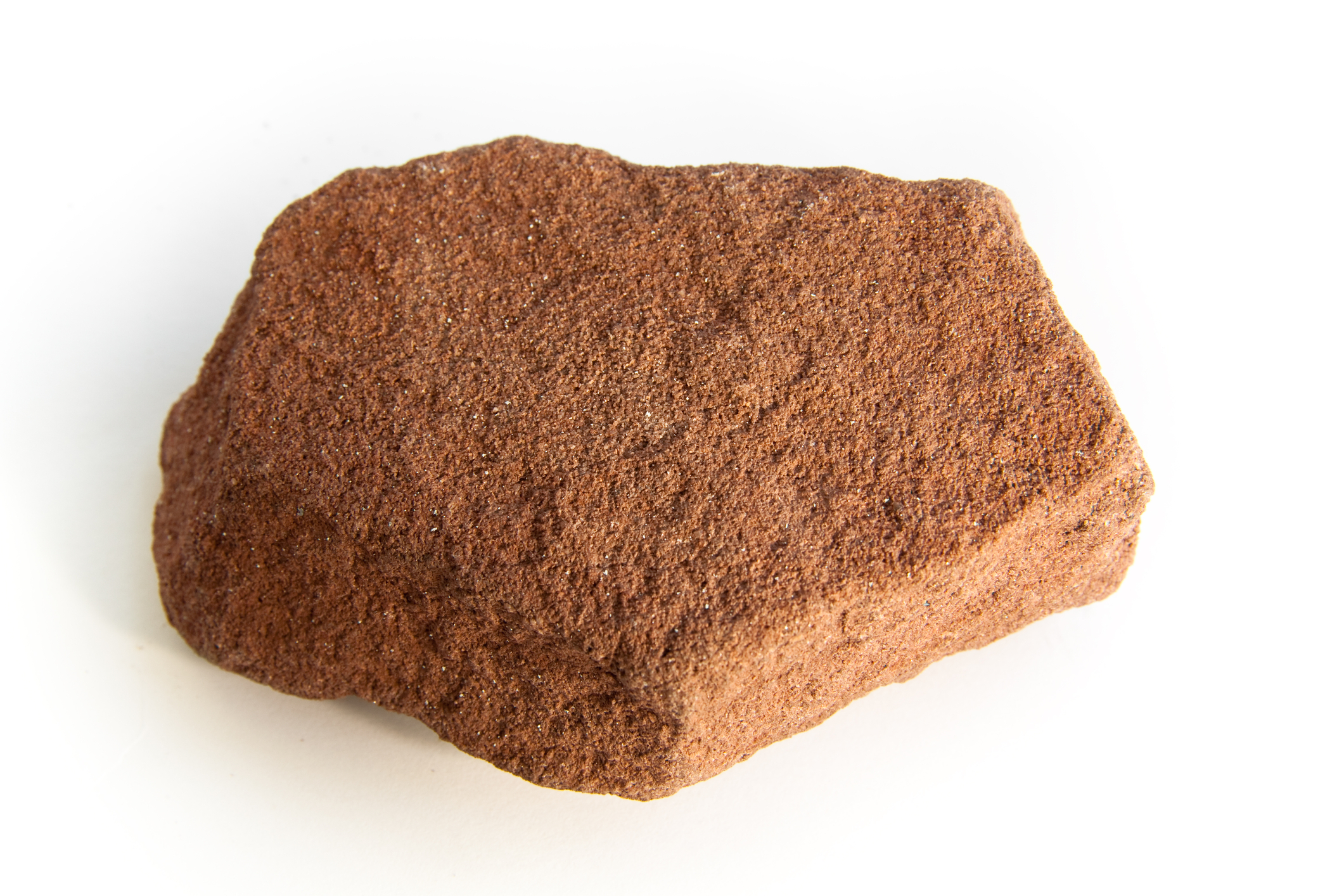
Pro Tip: I have created the best rock identification system you’ll find anywhere. It’s made to help everyone from brand new hobbyists to university Geology students, and includes an eBook, digital tools, a video tutorials. Find out more here!
While all sandstone meets this general description, there is a pretty wide spectrum of varieties that can look significantly different from one another. Their differences in appearance are primarily driven by the mineralogy of the parent rock and the depositional setting in which the sandstone forms.
Color is Driven by Source Rocks
Since sandstone is made from fragments of other rocks and minerals, it’s only natural that it inherits the colors of those source rocks (parent rocks). In most cases, sandstone will be made up of pieces of many different parent rocks, so the resulting color will be a mix of their colors.
For reasons we will get into later, sandstone tends to be made up of rock and mineral fragments that are fairly hard. Therefore, colors associated with these harder materials are more common in sandstone.
Quartz and feldspar are some of the common and widespread minerals you’ll find in many types of rocks, and sandstone is no exception. These minerals are fairly hard and resistant to weathering, so they can travel great distances before reaching their final resting place before lithification (turning into another rock).
Quartz tends to be a milky white or off-white color, while feldspar can be much more variable. Depending on the type of feldspar it may be whiteish, pink, red, or brownish.
While these harder parent rocks are very common, almost any rock can be a parent rock to a sandstone. This means that any color you see in rocks can also likely be found in a sandstone, given the right conditions.
Pro Tip: To get a better look at the crystals in your rocks and help with identification I highly recommend picking up a good geologist’s hand lens. I use this one that I got on Amazon.
Some of the coloration in sandstone comes from its cement. There are three primary cement types: silica, calcite, and iron oxide.
Silica and calcite are general very light in color or even colorless. They are also the most common types of cement. Iron oxide, however, is rust-red and often stains the sandstone to match.
Texture of Sandstone
One of the defining features of sandstone’s appearance is its texture. All sandstone is clastic and medium-grained, meaning that it is made up of rock and mineral fragments and that those fragments range in size from about 1/4 to 2 mm. These fragments are visible to the naked eye (sometimes only barely so), without the need for a hand lens. Still, a hand lens is a really fun and useful tool when making observations about any rock, especially sandstone.
While sandstone’s defined grain size is tightly constrained, there is a lot more variability when it comes to the shape of the grains and how well sorted they are.
Sandstone grains can run the full spectrum from angular to rounded. The sandstone varieties ‘arkose’ and ‘graywacke’ both have angular grains, while ‘quartz arenite’ has well-rounded grains. The shape of the grains is both a result of their source and an indicator of how far they have traveled before deposition.
Similarly, ‘quartz arenite’ has very well-sorted grains, while ‘arkose’ and ‘graywacke’ are poorly sorted. Grain sorting refers to the variability in grain size, so quartz arenite has grains that are all very similar in size, while arkose and graywacke may have grains spanning the entire spectrum from 1/4 to 2 mm in size.
| Rock Type | Grain Size | Grain Shape | Sorting |
|---|---|---|---|
| Sandstone | Medium | Angular to Rounded | Poor to Well |
| Quartz Arenite | Medium | Rounded | Well Sorted |
| Arkose | Medium | Angular | Poorly Sorted |
| Graywacke | Medium | Angular | Poorly Sorted |
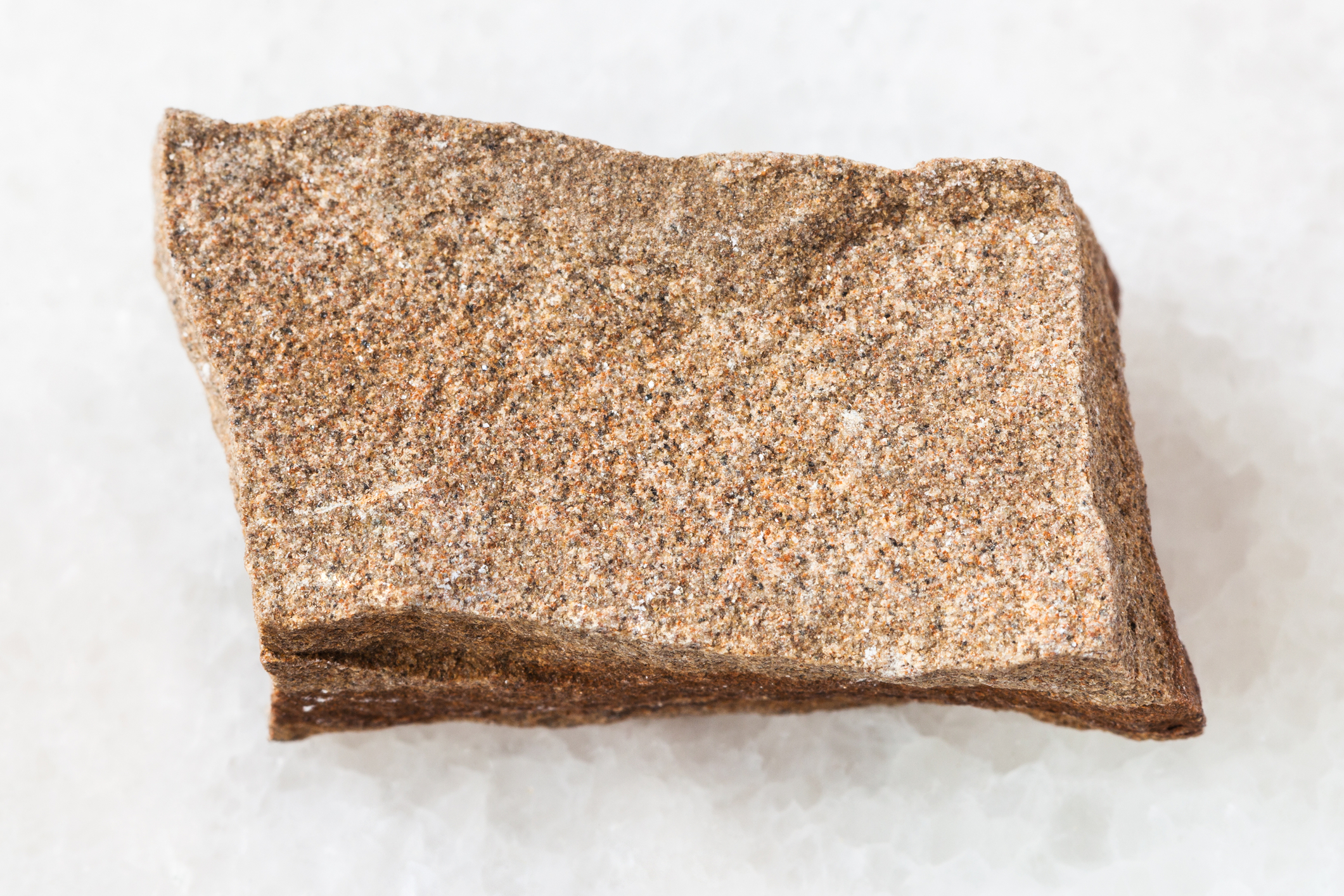
How to Identify Sandstone
Sandstone is so common and relatively recognizable that you might think that identifying it is a trivial matter. While that is often the case, that assumption often leads people to misidentify other rock types as sandstone. As with any rock, it is important to take a more systematic approach when identifying sandstone and its variants.
To identify sandstone, observe the rock to make sure it is comprised of individual sand grains. These grains may range in size from 1/4 to 2 mm. The rock’s surface will feel rough and grainy, like sandpaper. Sandstone may be almost any color, but is most commonly brown, tan, off-white, or reddish.
A rock must meet all of these requirements to be considered sandstone:
- Clastic Sedimentary – Formed from the cementing together of rock and mineral fragments
- Medium-grained – Individual grains range in size from 1/4 to 2 mm across
Additionally, you can identify sub-types of sandstone based on their color, the shape of the grains, and how well sorted the grains are.
- Graywacke – Angular, poorly sorted grains, usually gray or dark gray
- Quartz Arenite – Rounded, well sorted grains, usually off-white, tan, or grayish
- Arkose – Angular, poorly sorted grains, usually reddish or orangeish
Sandstone may also react with acid. I prefer to use common white vinegar to perform acid tests but in a lab setting you’d usually use a diluted hydrochloric acid solution (always take proper precautions with either).
The most common reason that sandstone might react with acid is the cement. If the sandstone is cemented together by calcite (which it commonly is) then that cement will react and fizz with acid. However, many sandstones are cemented together with other material (usually silica) that doesn’t react with acid, so this test is not diagnostic.
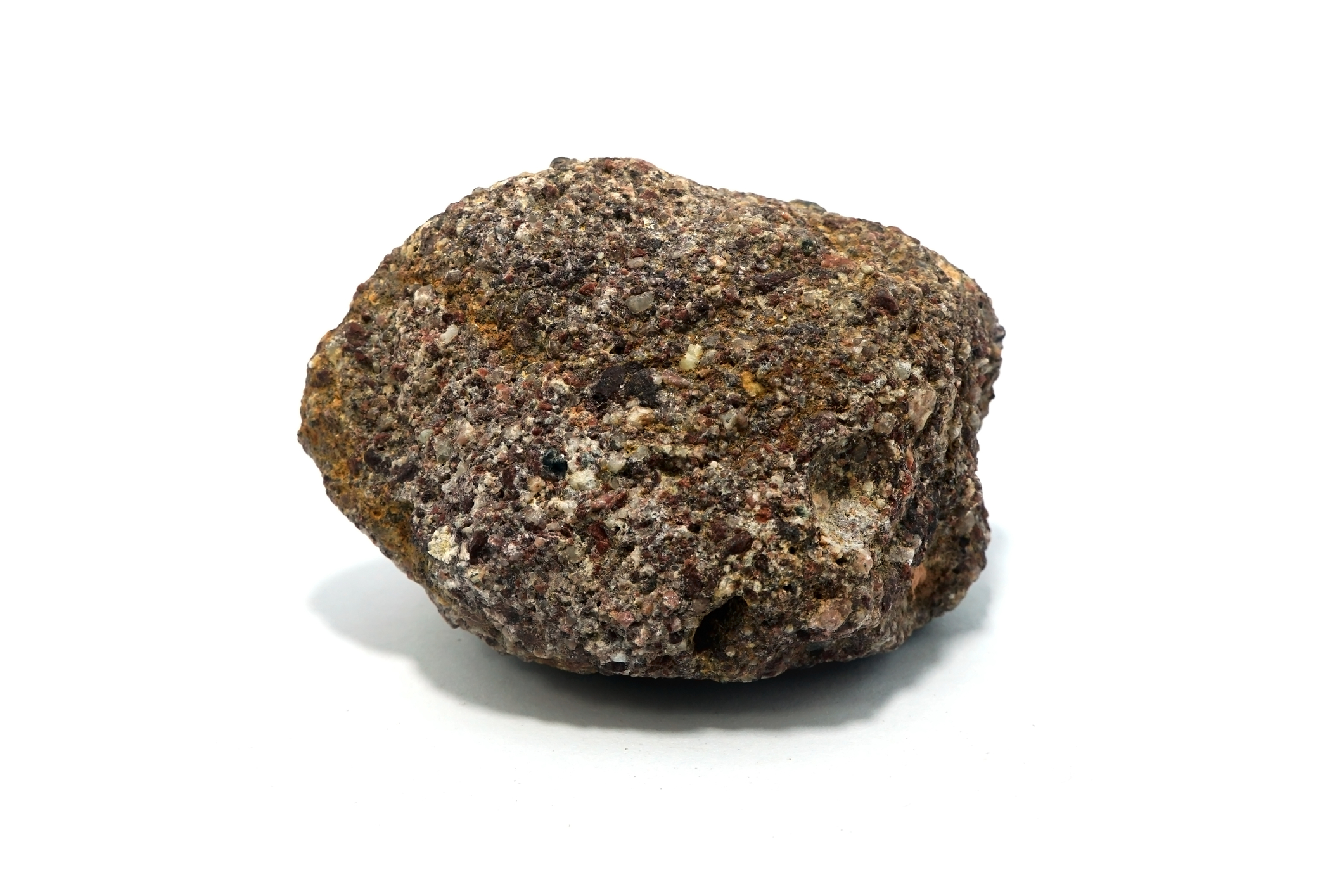
If your rock meets all of those criteria then it is very likely a sandstone, or at least something very closely related. There are, however, a few closely related rocks (and non-rocks) that people sometimes confuse for sandstone.
Tip: This article is part of my sedimentary rock identification series. To read more about how to identify all igneous rocks, check out my article here.
Siltstone is sandstone’s closest relative in the rock world. It is almost the same thing as sandstone, but with smaller grains that you can’t see with the naked eye. It isn’t as common as sandstone, but is still a fairly common rock type. It is best observed with a hand lens so that you can see the individual grains.
Conglomerate and Breccia are two more rocks that may be easily confused for sandstone. These are also clastic sedimentary rocks that share many of the same characteristics of sandstone, with the major difference being grain size. They have a large percentage (usually 30% or more) of large grains (bigger than 2 mm across) and are formed in higher energy environments than normal sandstone.
What Is Sandstone Made Of?
It might seem silly to even ask this question. We have already seemingly answered this question earlier in this article – sandstone is made of sand, right? But the real answer can be a little more involved than that. So, what is sandstone made of?
In general, sandstone is made of sand grains which originated from older rocks that have been broken apart and worn down. The sand grains are usually made of quartz or feldspar, but can be almost any mineral. Binding these grains together is cement, which is typically made of silica, calcite, or iron oxide.
It is possible to find fossils in sandstone if the conditions were right at the time of deposition. They are not nearly as prolific in sandstone as they are in shale or limestone, but it is still a relatively common occurrence.
The minerals that the sand grains are made from tend to be very hard. Specifically, most sandstones are primarily made up of quartz and feldspar grains. These minerals are both very common on the Earth’s surface and very resistant to weathering. They can sustain a great deal of abuse over time without becoming completely destroyed.
Other minerals may break down into clay-sized particles or dissolve entirely, but quartz and feldspar tend to stick around for a long time. This means that they can be transported great distances to eventually gather, be reworked, and solidify into sandstone.
The cement that binds the grains together is almost entirely dependent on what minerals are present in the water moving through the sand at the time of compaction and cementation. For example, silica-laden water will seep through the sand grains and gradually coat their surfaces with silica as it precipitates out of solution, eventually binding the grains together.
Where Is Sandstone Found?
Sandstone is a very common rock, found in abundance all over the world. Chances are good that there is at least one sandstone formation close to where you live unless you live in a particularly igneous-heavy region. Sandstone forms in many different geologic settings where sand is likely to be accumulated and subsequently compacted and cemented together.
In general, sandstone is found in areas with a history of gradual accumulation of sand, such as river banks, beaches, deltas, and deserts. These environments are higher energy than those required to create siltstone or mudstones. Sandstone quarries can be found all over the world including the United States.
Because sandstone can be formed in so many distinct geological settings, it can be found in specific locations all over the world. After deposition, the sand is compacted and cemented together and then, over time, is often exposed at the surface of the Earth due to the forces of plate tectonics and erosion.
You can look for sandstone formations near you using this excellent interactive map from the USGS. I have a video about how to use this tool in my Practical Rock Identification System, plus even more information on how to identify sandstone and other rocks.
Usually, you’ll find sandstone formations near other sedimentary rocks like limestone, siltstone, and shale. These rocks tend to form in cycles and groups related to the relative water levels at the time of deposition.
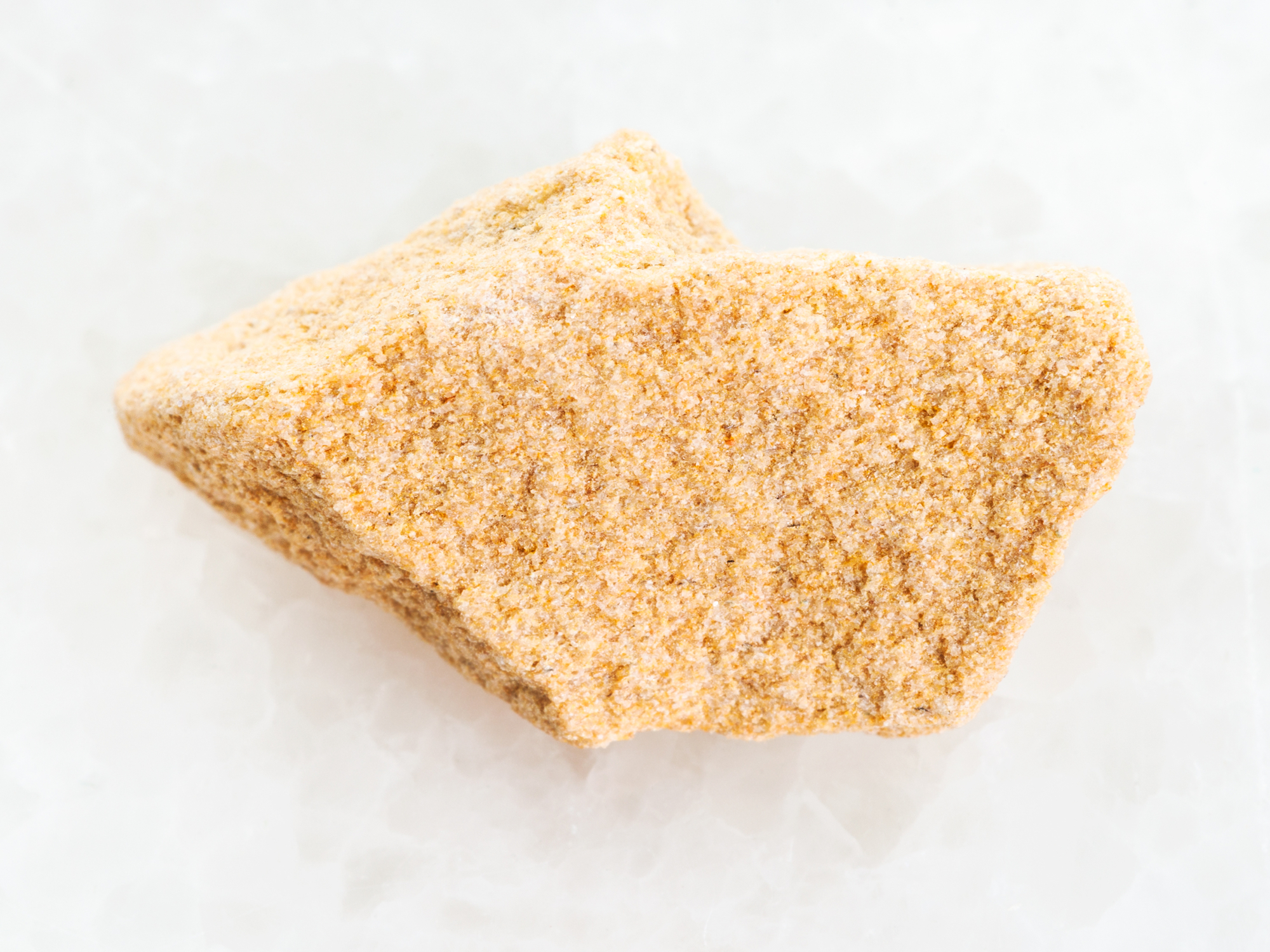
How Does Sandstone Form?
We’ve learned all about what sandstone looks like, what it is composed of, and generally where it’s found, but I have only briefly touched on how it’s actually formed. The creation of sandstone is a fascinating process that can vary a bit from setting to setting but always follows a few simple rules.
Sandstone forms when sand grains are transported by wind or river currents to their place of deposition such as a beach, delta, or river bank. Older sand grains are covered and buried by new, younger sand grains, undergo compaction, and eventually cemented together in a process called lithification.
The method by which the sand grains are transported is an important factor in the formation and final appearance of sandstone. A sandstone formed from a beach sand looks distinctly different than one formed from a windblown desert sand dune.
Regardless of how the sand was originally deposited, if it is ever to become sandstone it must then be buried and cemented together.
Over time, the sand grains become compacted together by the weight of rocks and/or water above them. Then, cement such as silica or calcite precipitates out of the water seeping through the rock fragments to cement them together. The cement slowly grows between the rock fragments until they are fused together, completing the transformation from ‘sediment’ to ‘sedimentary rock’.
Geologists can determine a sandstone’s original geological setting and method of deposition by analyzing the size and shape of its grains as well as any internal structures like crossbedding or bioturbation (signs of marine life burrowing in the sand). This type of analysis is beyond the scope of this article, but you can start by reviewing the main varieties of sandstone.
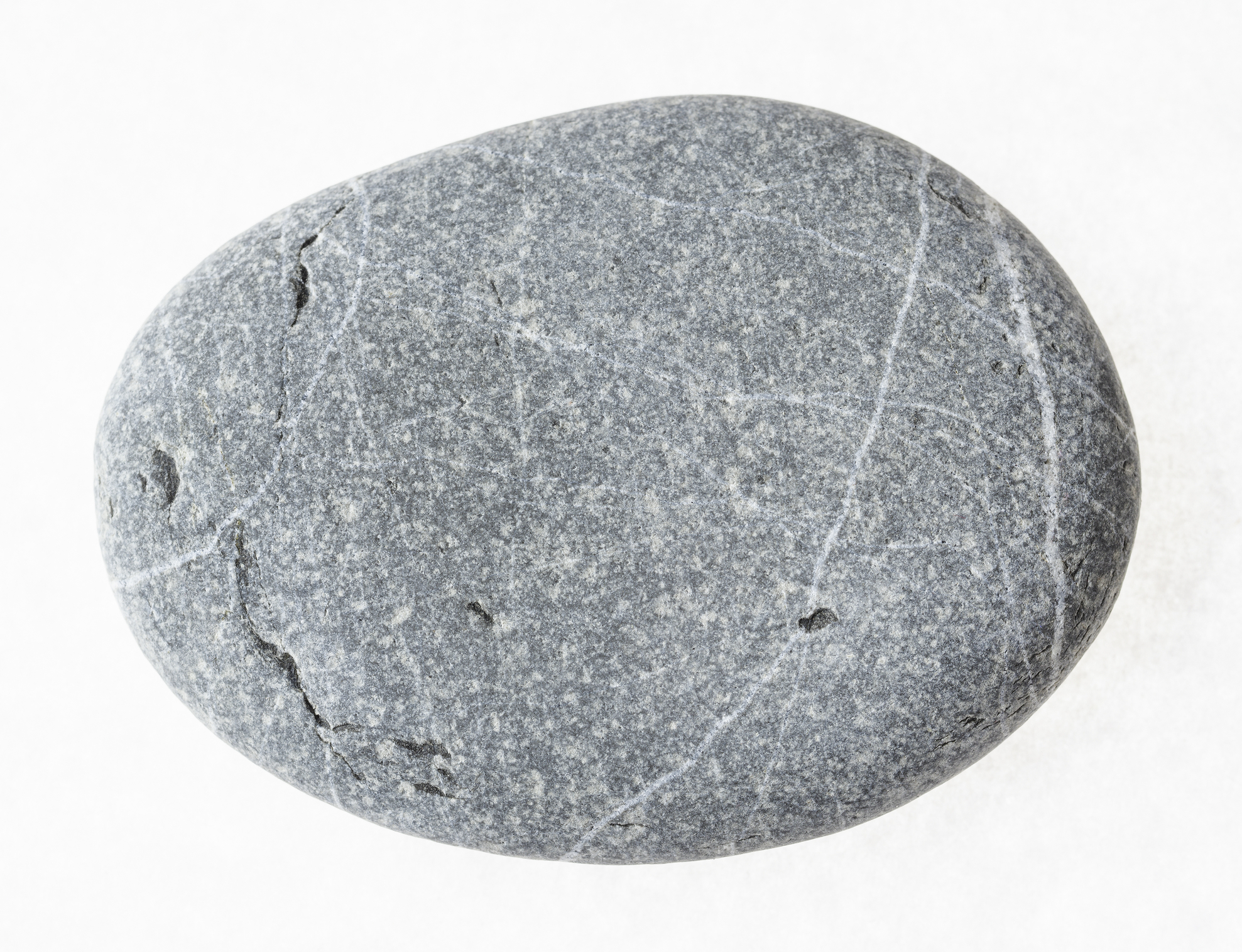
What Is Sandstone Used For?
Sandstone is a widely popular material for industrial use, and has many practical applications that you might not be aware of. For many people it is an essential part of their everyday lives, even if they don’t know it.
Sandstone is used as a material for construction and decorative use thanks in part to how easy it is to cut and carve. Historically, it has been used as an abrasive for grinding and sharpening. Its porosity makes it an important resource as a water aquifer and a target for oil production all over the world.
Many people don’t realize how important sandstone is to society. Communities all across the globe depend on sandstone for their water. An incredible amount of liquid can be held in the pore space between the sand grains, and shallow water wells make civilized life possible in locations that would otherwise not have easy access to fresh drinking water.
I worked in the oil and gas business for many years, and sandstone was one of the most common targets for our wells. The same pore space that allows sandstone to hold water also means that, under the right conditions, it can hold a great deal of oil and gas.
Sandstone isn’t the strongest rock to use for construction, but in applications where great strength isn’t necessary it continues to be a popular choice. It is relatively soft and can easily be cut to size, making it a highly versatile and and attractive option for construction.
This article is part of my rock identification series. To learn more about identifying rocks, check out my full in-depth guide here.
